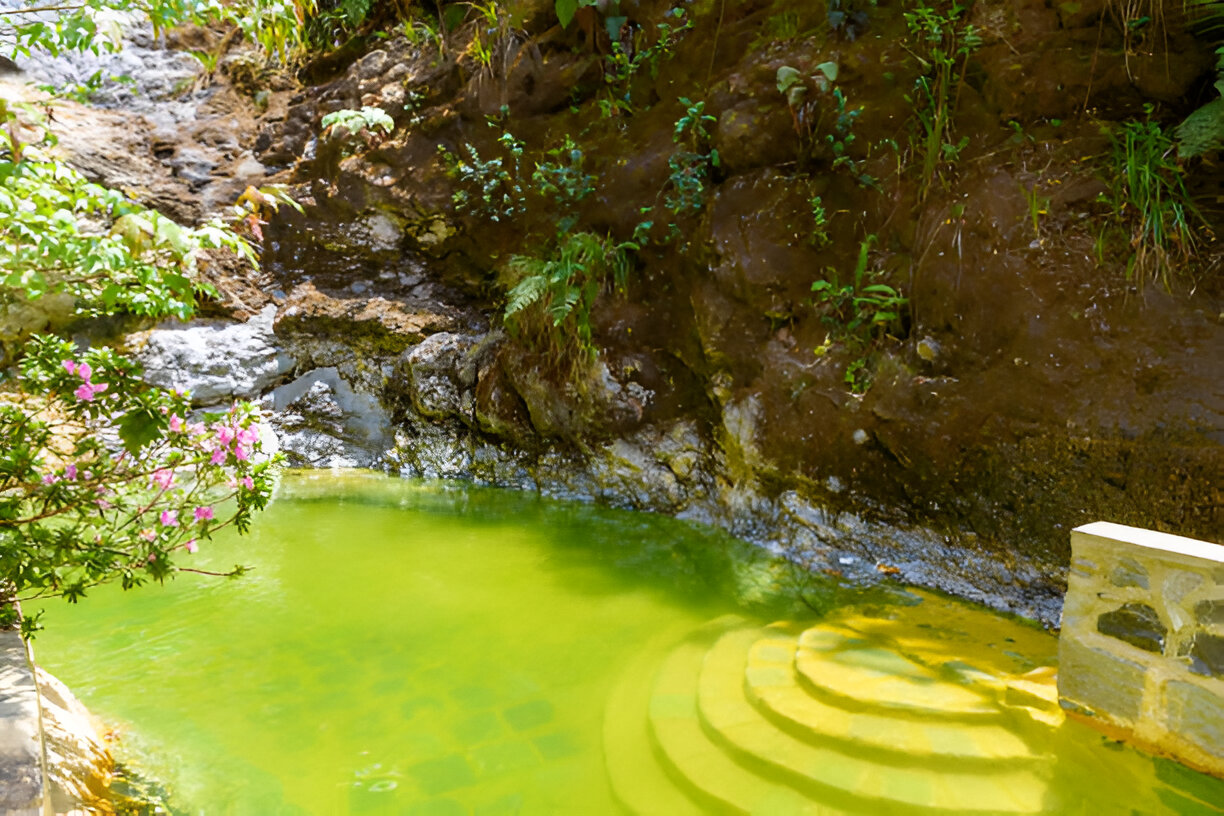A pond surface should remain calm yet your pond may start appearing as a milky cappuccino. The formation of pond foam occurs regularly but persistent surface foam indicates that hidden dangers might exist within the water body.
That Pond Guy guides pond owners to remove any uncertainty from their water quality management processes. Their goal at That Pond Guy involves maintaining pond clarity while preserving fish health throughout the entire year by utilising filtration methods along with natural water treatments.
And when it comes to preventing foam, reliable equipment like Evolution Aqua pond pumps can play a big role in keeping water circulating and oxygen-rich — two key factors in foam prevention.
What Causes Foam on Your Pond?
Water combined with organic compounds from your pond and air creates foam which forms under the agitation caused by waterfalls and fountains. Surface bubbles occur because of proteins and additional dissolved organic compounds (DOCs) in the water which prevent bubbles from bursting immediately.
Common sources of these DOCs include:
- Uneaten fish food and fish waste
- Decaying plant material and fallen leaves
- Poorly maintained or undersized filtration
- Algal blooms or chemical residues.
When summer arrives and following wet periods the decomposition process and runoff become significant contributors to the foam formation. Ponds maintaining high quantities of nutrients along with overpopulation of fish show greater occurrences of foam formation.

Is Pond Foam Harmful?
Short-term foam is not dangerous to pond health but its sustained presence signals declining water conditions that endanger your fish population. The presence of foam signals that water contains too many organic substances which lower oxygen content until your pond ecosystem becomes unbalanced.
How to Remove and Prevent Foam
1. Perform Regular Water Changes
Partial water changes (10–20%) every few weeks help dilute pollutants and reduce foam-causing compounds.
2. Clean Out the Sludge
Sludge at the bottom of the pond is a hotspot for decomposing matter. Use a pond vacuum or net to gently remove debris without disrupting your pond’s good bacteria.
3. Keep Fish Numbers in Check
Avoid overstocking. As a rule of thumb, limit fish to 60cm of adult fish per square metre of pond surface.
4. Use a Natural Sludge Treatment
Products like Envii Sludge Klear or Sludge Buster introduce beneficial bacteria that digest built-up organic matter — which can actually cause a temporary increase in foam before improving conditions long term.
5. Upgrade or Maintain Your Filtration
A high-quality filter system containing mechanical biological and UV sterilisation functions will eliminate floating debris and stop the accumulation of nutrients in the water. System maintenance performed regularly keeps operations at their highest possible level.
Foam Control Starts with Good Pond Practice
Pond netting can help protect your water feature from leaves while you must never use non-safe cleaners that are harmful to ponds near your water feature. Regular water testing through Envii Pond Test Strips enables you to check pH levels and nitrate and nitrite content together with other important parameters.
Many people mistake foam as an innocent presence in their ponds yet it usually communicates the need for pond maintenance. Pond restoration and environmental health maintenance become possible through easy steps while utilising proper tools.







